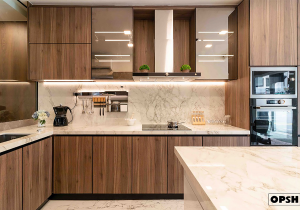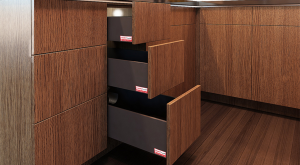Featured Post
How to Convert a Futon into a Bed: A Complete Guide
Overview: Futons are versatile pieces of furniture that can switch from a sofa to a bed in minutes. This guide covers the process of converting futons into beds, offers practical tips, and shares insights to help you choose the perfect futon for your home.
I’ve always been a fan of futons. When I moved into my first tiny apartment, I needed furniture that could pull double duty—something to sit on during the day and sleep on at night. A futon became my go-to solution, and I’ve been hooked ever since. If you’re curious about converting futons into beds, stick with me—I’ll walk you through everything you need to know.
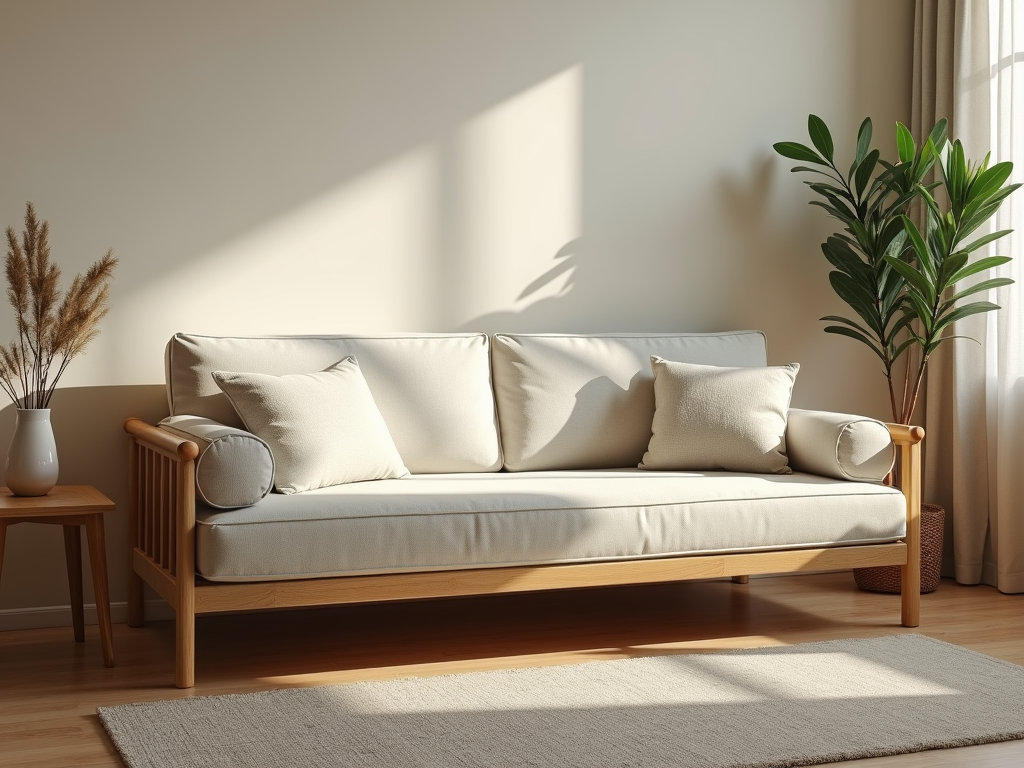
What Exactly is a Futon?
A futon is a piece of furniture with roots in Japan, where it’s traditionally a thin mattress paired with a duvet. Here in the West, futons are more like transformers—they’re sofas by day and beds by night. They usually have a foldable frame and a mattress that adjusts to switch between the two.
My first futon was a game-changer. I had friends over for movie nights, and when they crashed, I’d just unfold it into a bed. It was simple, practical, and saved me from needing extra furniture in a cramped space.
Types of Futons You’ll Find
Not all futons are the same. The two main types—bi-fold and tri-fold—work differently when you convert them into beds. Here’s a quick breakdown:
- Bi-fold futons fold once in the middle. They’re a sofa when upright and a bed when flat.
- Tri-fold futons fold twice, with an extra section that extends for more sleeping space.
I’ve used both, but I lean toward bi-folds. They’re easier to handle and feel more like a real bed. Tri-folds are cool for occasional guests, though—they give you that extra length if someone tall is staying over.
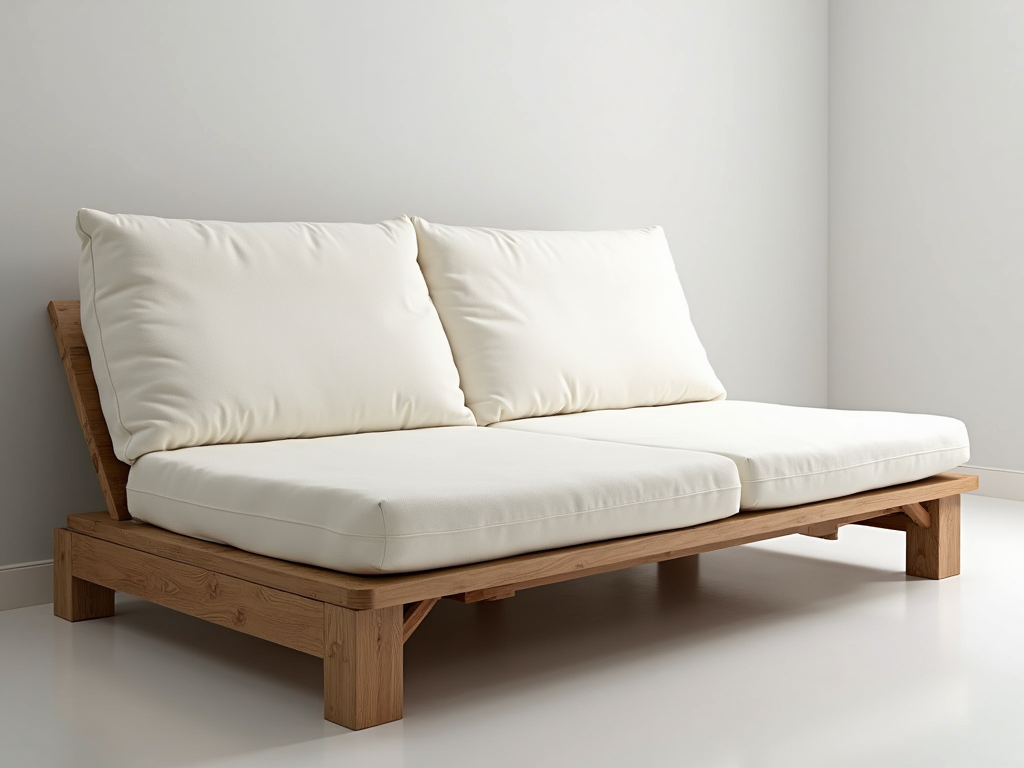
Step-by-Step: Converting a Futon into a Bed
Ready to turn your futon into a bed? The process is pretty simple, but it varies slightly depending on the type. Let’s break it down.
Bi-fold Futon Conversion
- Clear some space: Make sure there’s room for the futon to lay flat.
- Lift the seat: Grab the front edge and lift it a bit.
- Lower the backrest: Pull the backrest forward until it’s flat.
- Fix the mattress: Smooth it out so it’s comfy and even.
The first time I did this, I fumbled a little. Turns out, you need to lift the seat just enough to unlock it—too much, and it jams. Once I got the hang of it, it took me less than a minute.
Tri-fold Futon Conversion
- Pull out the extra section: If it’s tucked under, slide it out first.
- Lift the seat: Same deal—lift it slightly to release the backrest.
- Unfold everything: Lower the backrest and stretch the mattress across the frame.
Tri-folds are a bit more work, but they’re worth it for flexibility. I once set one up for a friend who needed extra legroom, and it was a lifesaver.
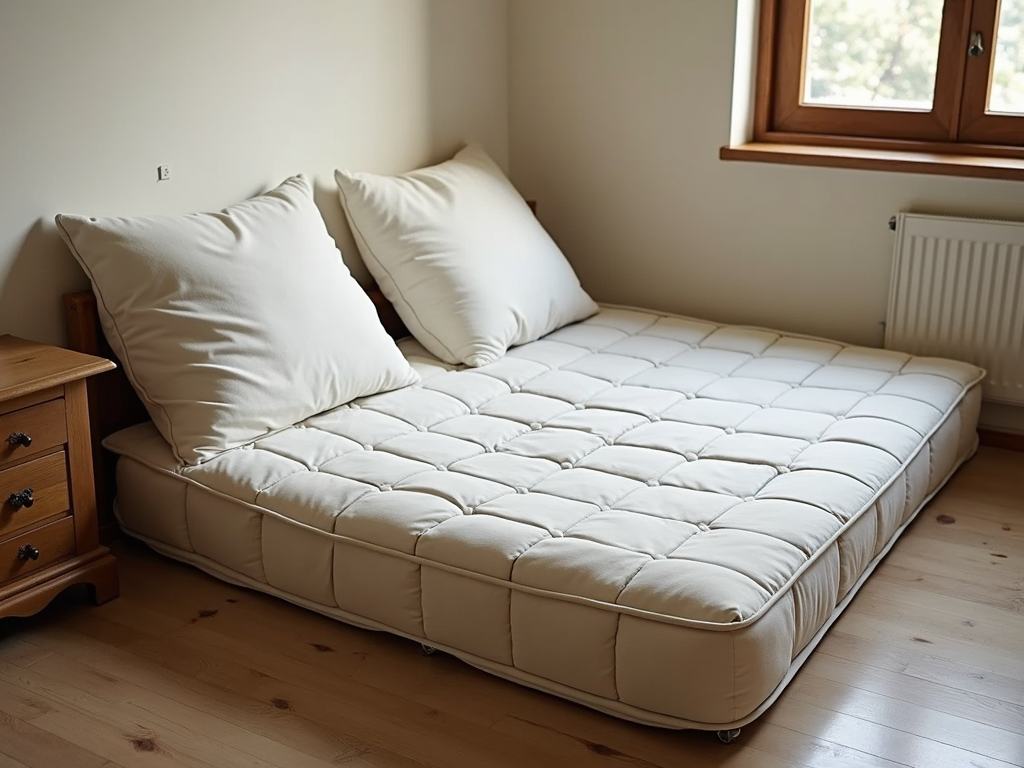
Picking the Right Futon
Choosing a futon isn’t just about looks. Think about how often you’ll convert it into a bed. Daily use? Go for a solid frame and a thick mattress. Just for guests? Something basic might do.
I made the mistake of buying a cheap futon with a flimsy mattress once. After a week of sore backs, I swapped it for one with a 6-inch mattress and a wooden frame. Night and day difference.
Here’s what to look for: - Frame: Wood is durable and looks great; metal is lighter and cheaper. - Mattress: At least 6 inches thick for comfort. - Conversion ease: Test it in-store if you can—some are smoother than others.
Need more help picking? The Furniture Research Institute has a solid guide on what makes a futon worth your money.
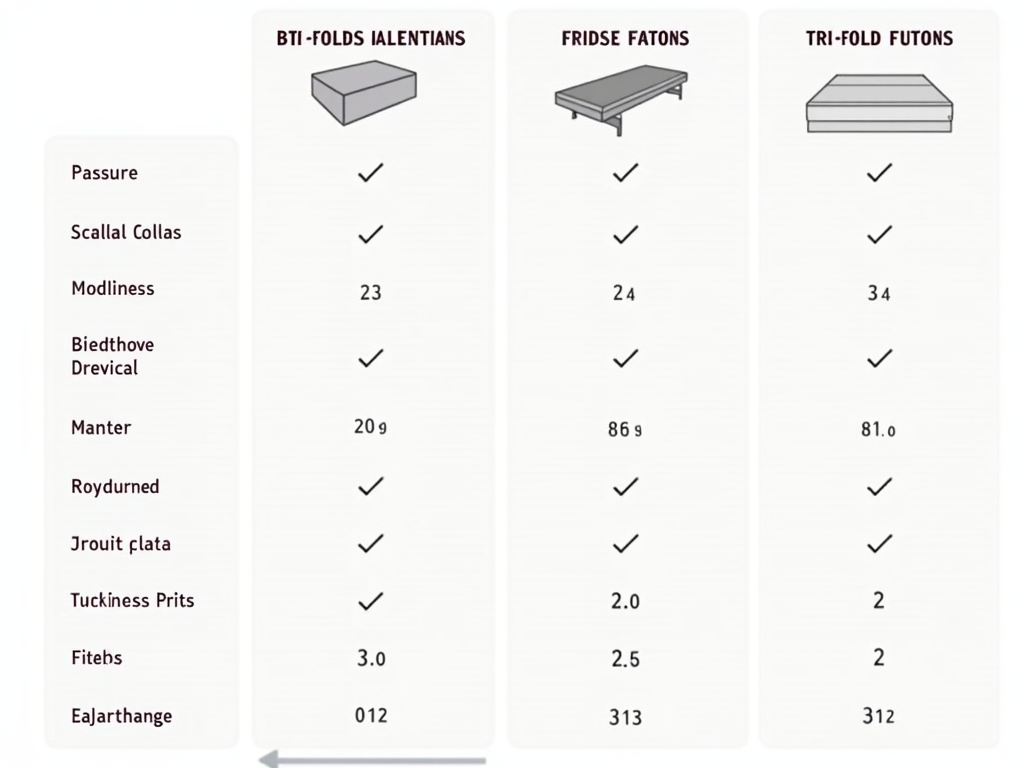
Keeping Your Futon in Shape
A little care goes a long way with futons. Here are my go-to tips for keeping them functional and fresh:
- Rotate the mattress: Flip it every few months to avoid sagging.
- Clean the frame: A quick wipe-down keeps dust away.
- Add a cover: Protects against spills—trust me, you’ll thank yourself later.
Spilled coffee taught me the cover lesson. Without one, I spent hours scrubbing. Now, I use a waterproof one and don’t stress about accidents.

Why Futons Are Awesome
Converting futons into beds isn’t just convenient—it comes with perks that make them stand out as furniture.
- Versatility: Sofa one minute, bed the next. Perfect for tight spaces.
- Cost: Cheaper than buying a sofa and bed separately.
- Looks: Tons of styles to match your vibe.
A National Sleep Foundation study even found that futons can be just as comfy as regular beds with the right setup. Pretty cool, right?

Mistakes to Skip
Converting futons into beds is easy, but I’ve seen people mess it up. Avoid these slip-ups:
- Forcing it: If it sticks, don’t yank—check for blockages.
- Missing the lock: Some futons have a latch you need to release first.
- Wrong mattress: Too thick or thin, and it won’t work right.
I once used a mattress that was way too big. It got stuck halfway, and I had to wrestle it back into sofa mode. Lesson learned—match the mattress to the frame.
Wrapping Up
Converting a futon into a bed is a breeze once you know the steps. Bi-fold or tri-fold, it’s all about finding what works for you, keeping it maintained, and dodging rookie mistakes. With the right futon, you’ve got a space-saving piece of furniture that’s ready for anything.




